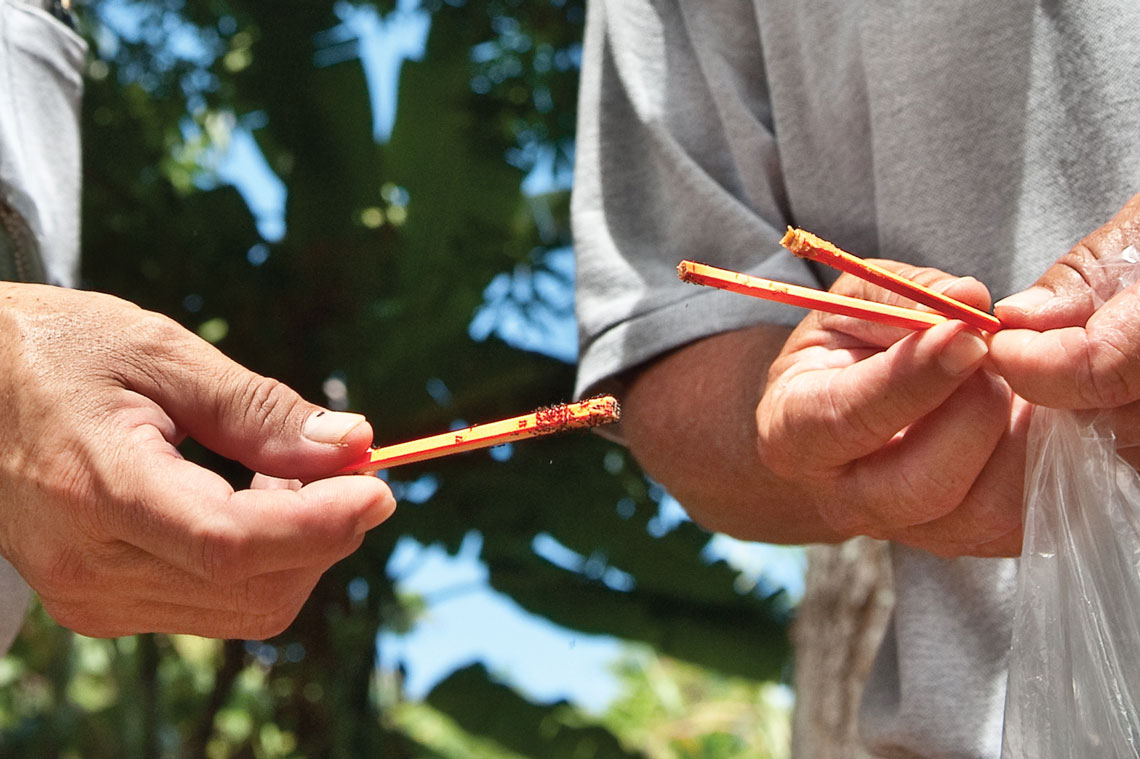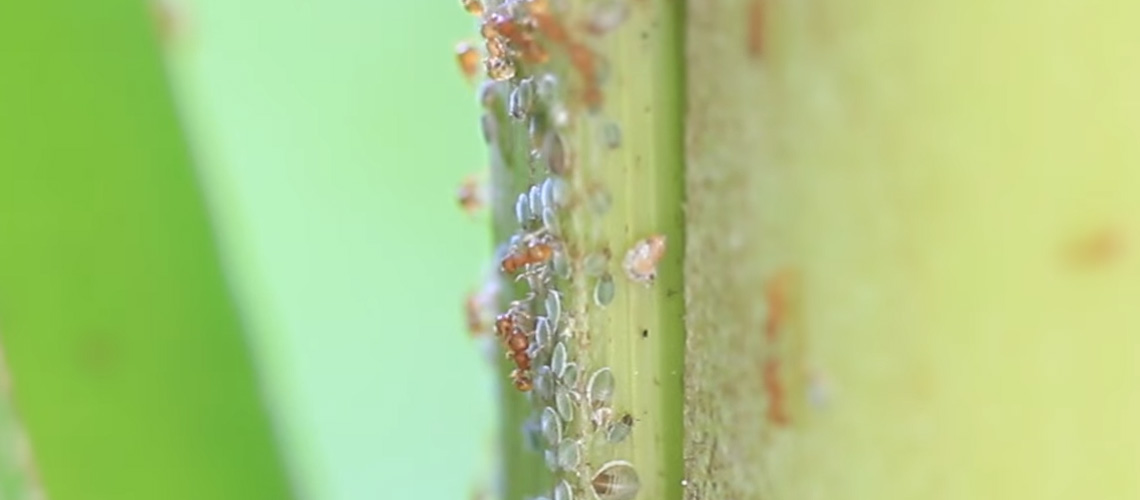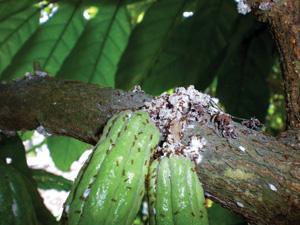In late August 2019, a Waihee Valley resident called the Maui Invasive Species Committee (MISC) to report stinging ants. She…
Read More
Little Fire Ants
Why All the Talk About Eradication?
Life in paradise inevitably means dealing with invasive species in some form. From termites to rats, centipedes to garden weeds,…
Read More
Fire! Little Fire Ants in Hawaii
Little fire ants are spreading throughout the state. First introduced to Puna in 1999, and shortly thereafter to Kaua’i, these…
Read More
Invasive species can sting aloha
Aunty Penny Martin is a lei-maker on Molokaʻi. She was talking story one day with a friend visiting from Hawaiʻi…
Read More
LFA – Insidious invaders that you can stop
Ginger Johnson bought a hapu‘u fern late in 2013 to plant alongside others in her yard. But when she heard…
Read More
The little fire ant-bad news for food crops
The little fire ant, Wasmannia auropunctata, is a pest with a deservedly nasty reputation. Alone, this wee ant is neither…
Read More






